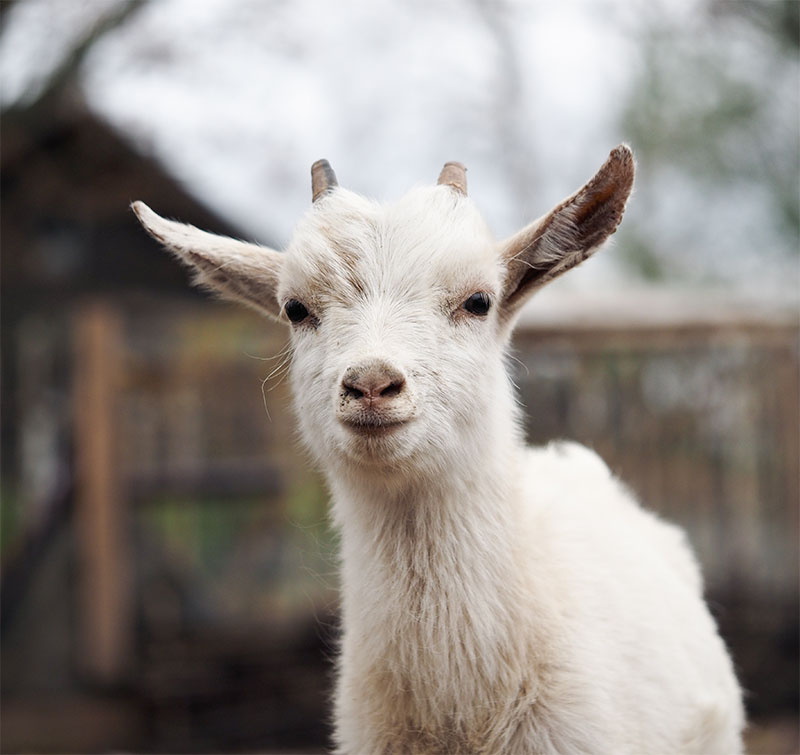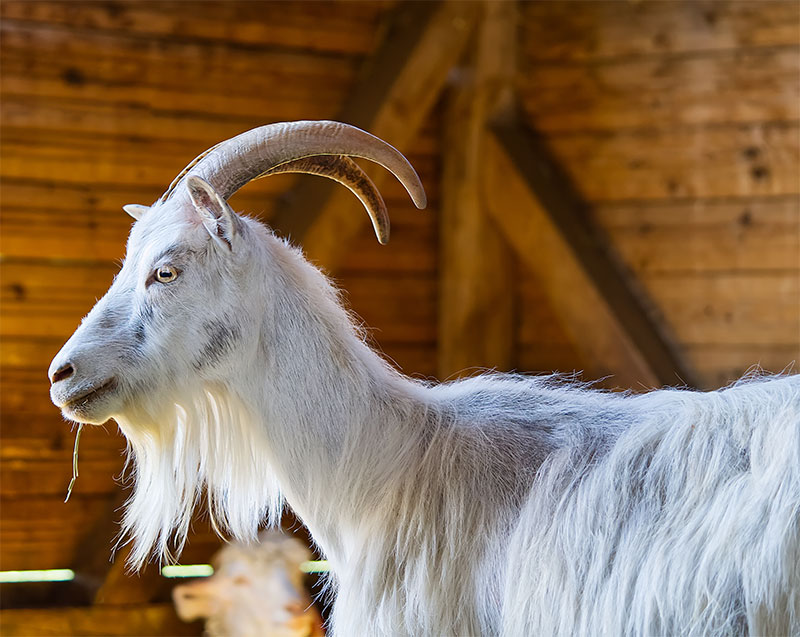
Although birth is a normal part of the reproductive cycle, problems can and do occur. For this reason, it’s essential that you and/or a livestock veterinarian be present to vigilantly monitor the birthing process.
Signs a Goat Is Going Into Labor
If you know the day when your buck had access to your doe, then you should be able to fairly accurately calculate the gestational period of 150 to 155 days and have a rough idea of when your doe should be going into labor.
Additional signs that a doe is beginning labor include:
- Isolating from the herd
- Refusing food
- Swollen vulva
- Filled udder
- Restlessness
- Excessive vocalization
- Pawing at the ground
If you are uncertain when your doe conceived, our veterinarians can typically help you determine the stage of pregnancy and monitor your goat’s progress with the use of ultrasounds throughout gestation.


Why Does Goat Dystocia Occur
Goat dystocia (difficulties with the birthing process) can occur for a variety of reasons including:
- The doe's cervix might not be properly dilated.
- The kid is not in the ideal position for birthing.
- The kid or even just the kid's head is too large for natural birthing by the doe.
- Twins can present for birth at the same time.
- Stress due to a disturbance or fear during early labor can even interfere with the normal birthing process.
Additionally, health problems that put excessive stress on a goat going into labor can cause delivery challenges. These conditions include:
- Toxemia
- Ketosis
- Hypocalcemia (milk fever)
- Mastitis
- Congested udder
- Prolapsed uterus
Scheduling regular veterinary checkups for expecting does leading up to the anticipated time of delivery can help ensure that any existing or developing health problems are addressed right away to encourage a normal, healthy birthing process.
Recognizing Goat Dystocia and What to Do in the Event of a Difficult Birth
In goats, the labor process requires an average of 12 hours and the actual delivery should be complete within about 30 minutes.
Signs of Goat Dystocia
Signs your doe is experiencing difficulties with the birthing process include:
- The first stage of the birthing process lasts more than eight hours.
- Pushing and straining for more than 30 minutes with no progress
- Visible birth sack with no labor progress
- Doe is distressed, fatigued, or bleeding.
- Observing an abnormal presentation of kid.
- Placenta has not been delivered within 12 hours of the final kid.
Sometimes it can be difficult to determine whether a goat is in distress and needs assistance with birthing. That’s why we recommend having an experienced livestock veterinarian available to monitor the condition of the doe and kid throughout the labor and birthing process.


24/7 Emergency and Mobile Veterinary Care for Livestock in Tucson
At Adobe Veterinary Center in Tucson, we provide 24/7 emergency and mobile care for livestock, and are fully equipped to assist with every stage goat pregnancy and delivery.







